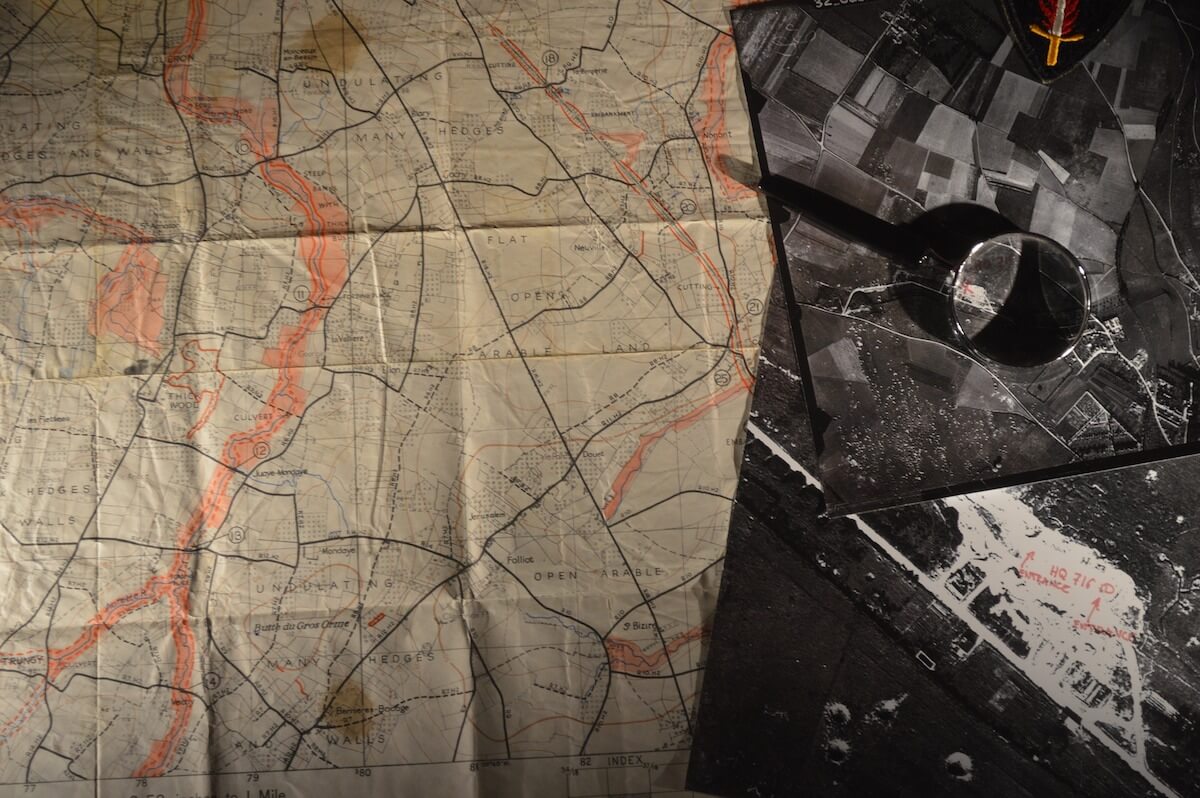This is an interview between Joseph Kopser and Bret Boyd of Grayline Group and Guinn Partners, in support of the State of the Drone Industry 2018 report. Download the full report here.
At Grayline Group, your team spends time with organizations working to understand technological change and how it will impact their businesses. Do you feel there is a widespread understanding of the potential of the impact of drones and aerial data in the future that exists inside of major corporations today?
Not really, no. Our experience is that companies that are directly in the UAV business (i.e. aerospace companies) and those with obvious applications (i.e. energy infrastructure) are very knowledgeable and focused on the impact of drones and aerial data, but companies outside of those circles are not as focused on identifying the less-obvious opportunities and risks that will undoubtedly emerge.
What roles do you foresee drones playing in the new transportation and urban mobility economy?
The obvious role for drones will be in delivery. What is not so obvious will be how they will be used to assess the status of traffic, accidents and traffic rerouting, and crime-in-progress, as well as aiding police, fire, and EMS in their command and control operations.
Companies such as Amazon, Uber and Intel have all made major plays to push their concepts of the future of drones in front of mainstream consumers. Do you think they are truly invested in the technology, or are these promotions more about building their brands?
Both. It’s a tool to capture the imagination of their users to remind them that they are innovative companies. By staying cutting edge they can also experiment with new concepts while learning from mistakes. In the long term, drones will be a mainstay.
What are some new technologies and concepts around smart cities and urban mobility that drone hardware and software manufacturers should consider when planning their future project roadmaps?
I am more concerned about the reaction of policy makers than I am about the technology itself. It will require a new look at training and certification of what it means to be a pilot. It will also call into question our definition of right to privacy. It will have a huge impact on crime and crime prevention. Will crimes caught on video not inside the surveillance warrant request be permissible? The 4th Amendment never anticipated drones or constant aerial surveillance.
What cities and regions in the US (and globally) do you consider hotbeds for technological innovation for the future of transportation, and why?
Texas will certainly play a role. It has four cities in the Top 15 in the US, it has the technology, and it has thousands of miles of pipelines, an international border, wind farms, and military installations that would be instant consumers and willing participants in testing and prototypes.
The concept of autonomy has increasingly gained central stage as part of the media and thought space leadership space around modern technology. What do you think the most realistic applications of autonomous technology we will see in the next few years look like?
The hype around drones is real. Semi-autonomous and autonomous robotics systems (including drones) are going to become significantly more capable in the next few years as a result of three key trends: machine learning, energy storage, and war. Machine learning and AI algorithms being developed for other applications will enable increasingly capable semi-autonomous behavior. Battery technology being developed for electric cars will enable better size, weight, and power ratios for all robotic systems. The technologies and operating practices developed via government R&D and refined over 15 years of hard use in Iraq, Afghanistan, and other combat theaters are now flowing down into civilian systems. The drone industry is also doing great work and making its own advances, but it benefits significantly from the work of others.
The drone hardware industry to date has been dominated by China when it comes to production of affordable, mass- produced drones for consumers and commercial applications. How do you see the manufacturing world shifting in the next few years, and how might that affect this dynamic?
In general, we see China starting to price out of some low-cost manufacturing categories as its economy grows. We also expect additive and autonomous manufacturing technologies to ultimately pull more manufacturing back to the US and other developed nations, but it’s not clear how this timeline will play out and when these forces will affect drone manufacturing. The rise of 3D printing will allows enthusiasts and inventors of all backgrounds to participate in developing new concepts.
The drone market to date has seen rapid, tumultuous growth. What planning or methodology advice do you have for new companies who have been in an emerging industry for only a few years as they prepare to be a part of this technology’s mass adoption?
Broad adoption is enabled by companies that can solve people’s problems. Second and third wave adopters don’t want to buy a generally useful product and take the time to figure out how to apply it to their problems; they want a solution from someone who has already thought about and solved their problem. To participate in this growth, try to think about your capabilities in terms of vertical or horizontal specialization. Vertically-oriented companies solve many problems for one industry or customer type, while horizontally-oriented companies solve one problem for many industries or customer types. There are opportunities for both, but we suspect that the one-size-fits-all companies will be surpasses by more specific, solution-based companies as the market grows.
Join the Catalyst Monitor
Join our community, where we push out regular insights to help maintain situational awareness on technological and socioeconomic trends.



